Wednesday, September 10th 2014

Galaxy GeForce GTX 970 Pictured, Specs Confirmed, Early Benchmarks Surface
Here are some of the first pictures of an AIC partner branded NVIDIA GeForce GTX 970 graphics card, the Galaxy GTX 970 GC. Spotted across Chinese PC enthusiast forums and social networks, the latest set of leaks cover not just pictures of what the GTX 970 looks like, but also what's under its hood. To begin with, Galaxy's card appears to be built for the high-end market segment. A meaty twin-fan aluminium fin-stack heatsink, coupled by a spacey backplate cover a signature Galaxy blue PCB, holding NVIDIA's new GTX 970 GPU, and 4 GB of GDDR5 memory. The card appears to feature a high-grade VRM that draws power from a combination of 8-pin and 6-pin PCIe power connectors.There's also a selection of pictures of a purported reference-design GeForce GTX 970 graphics card. It may look drab, but that's because NVIDIA will not ship reference-design cards. The GTX 970 will likely be an AIC-exclusive, meaning that you'll only find custom-design cards based on the chip. We wonder if that's the same with the GTX 980. Straightaway, you'll notice that the GTX 970 reference PCB bears an uncanny resemblance to the one NVIDIA used for the GTX 670, GTX 660 Ti, and GTX 760. That's probably because the GK104 and new GM204 are pin-identical. Such a thing isn't new. The "Pitcairn" silicon (Radeon HD 7870, HD 7850) and its predecessor, "Barts" (HD 6870 and HD 6850) are similarly pin-identical, differing with the die. The similarity in PCB design, if nothing, shows that the GTX 970 will be as energy-efficient as the GTX 670.Moving on to the actual-specs, and some users with access to GeForce GTX 970 managed to pull these specs off a TechPowerUp GPU-Z screenshot. Some parts of the screenshot look blurry, probably due to a failed attempt at blurring out the BIOS string. GPU-Z has preliminary support for GM204 since version 0.7.9. This is what it could make out:
Source:
VideoCardz
- GPU identified as "1C32"
- 1,664 CUDA cores
- 138 TMUs
- 32 ROPs
- 256-bit wide GDDR5 memory interface
- 4 GB standard memory amount
- 1051 MHz core, 1178 MHz GPU Boost, and 7012 MHz (GDDR5-effective) memory clocks
- 224 GB/s memory bandwidth
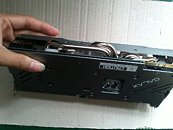
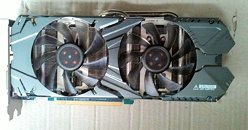
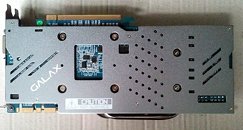
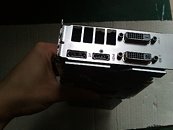
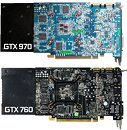
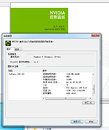
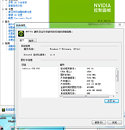
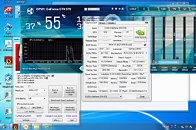
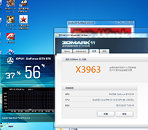
69 Comments on Galaxy GeForce GTX 970 Pictured, Specs Confirmed, Early Benchmarks Surface
Uuurggggg lame!
Come on now, you name as if its 2 jumps from the 700 series and THAT is the performance?
I hope some magic drivers can give it a good kick in the ass
2) 970 is the lower spec twinbrother, so if it is in between 780 and 780Ti, I am in! :)
Let's all be patient, after all, we know we're getting the repeat scenario from a few years back.
Next year we'll have 980Ti. But for now, a 980 beating a 780Ti will be nice, if not for anything else, better perf/watt and more Vram.
Going to be a beast at that with 4gb GDDR5 with that 7012mhz clock for the memory! It will be a good high resolution gaming card from NVidia especially if the price falls nicely in line (Though I am expecting $600~).
Glad to see this card turns out well, now it just comes down to how good the power consumption is.
High end will be GM210.
Just for the record, Galaxy used a 6-pin on their GTX 750 (non-Ti), and it did need it -barely- 80-85W with a max 1402MHz core boost frequency
Oh well... time to wait for the bigger dogs.
If a 1664 part can beat a GTX 780, than yes, a 1920 part could match something that is 22% faster than a GTX 780.
Are you sure maxwell won't have good compute performance?